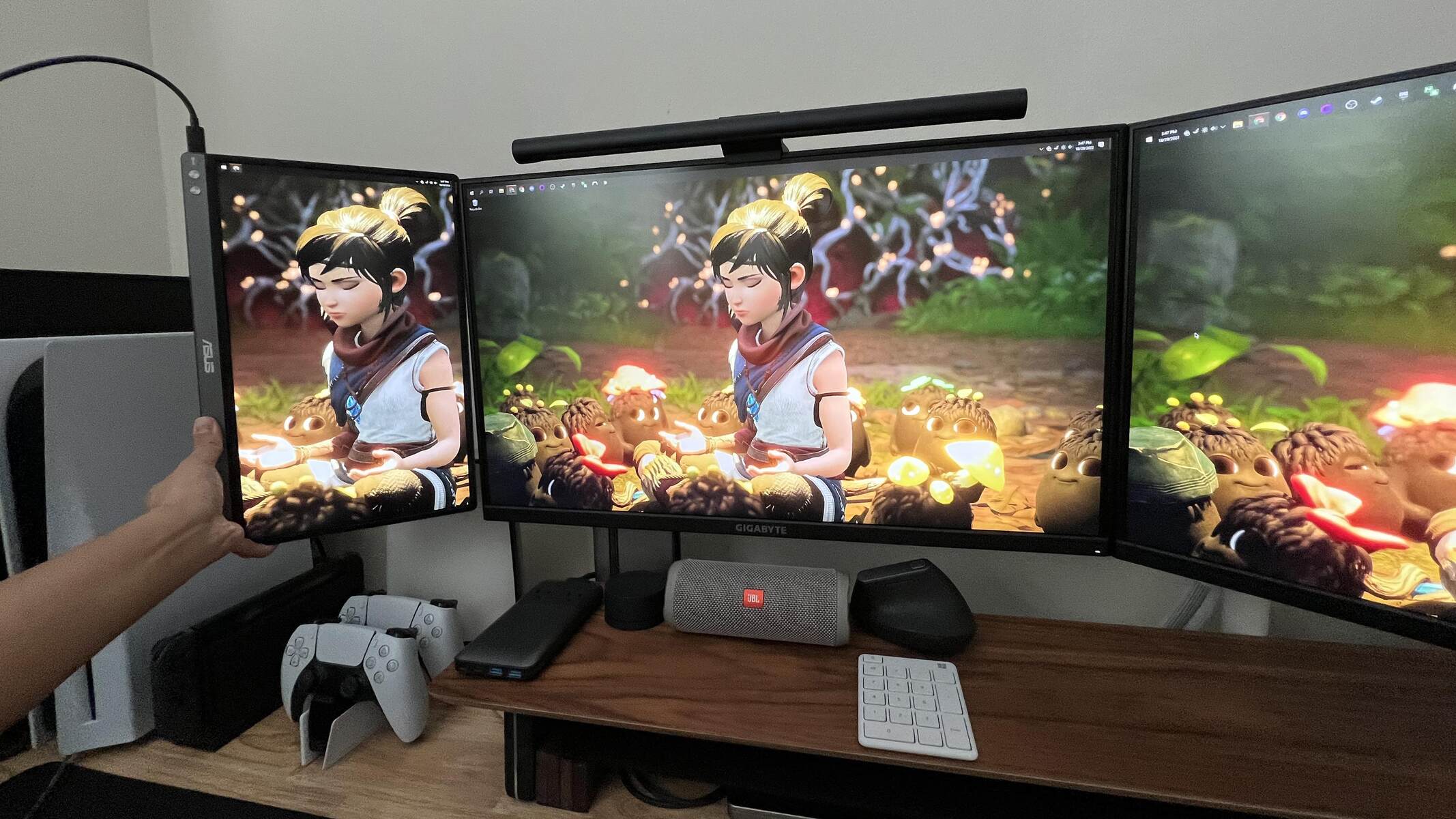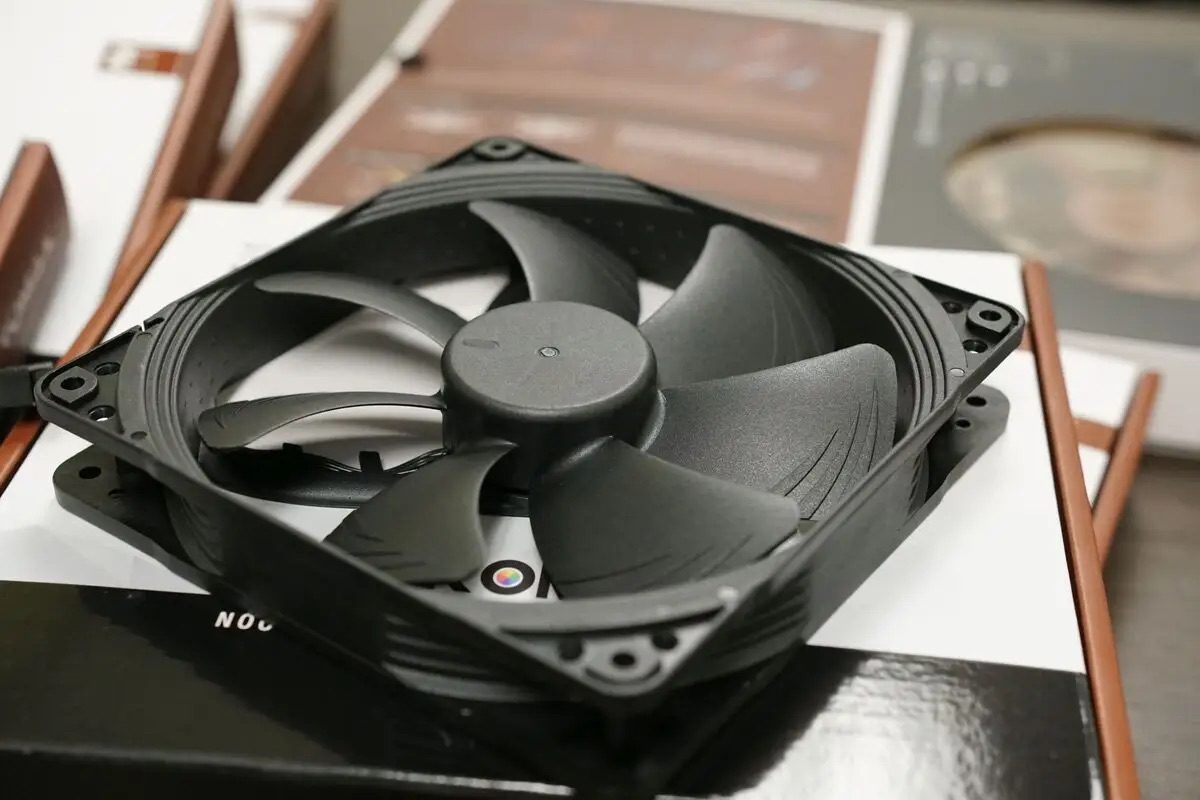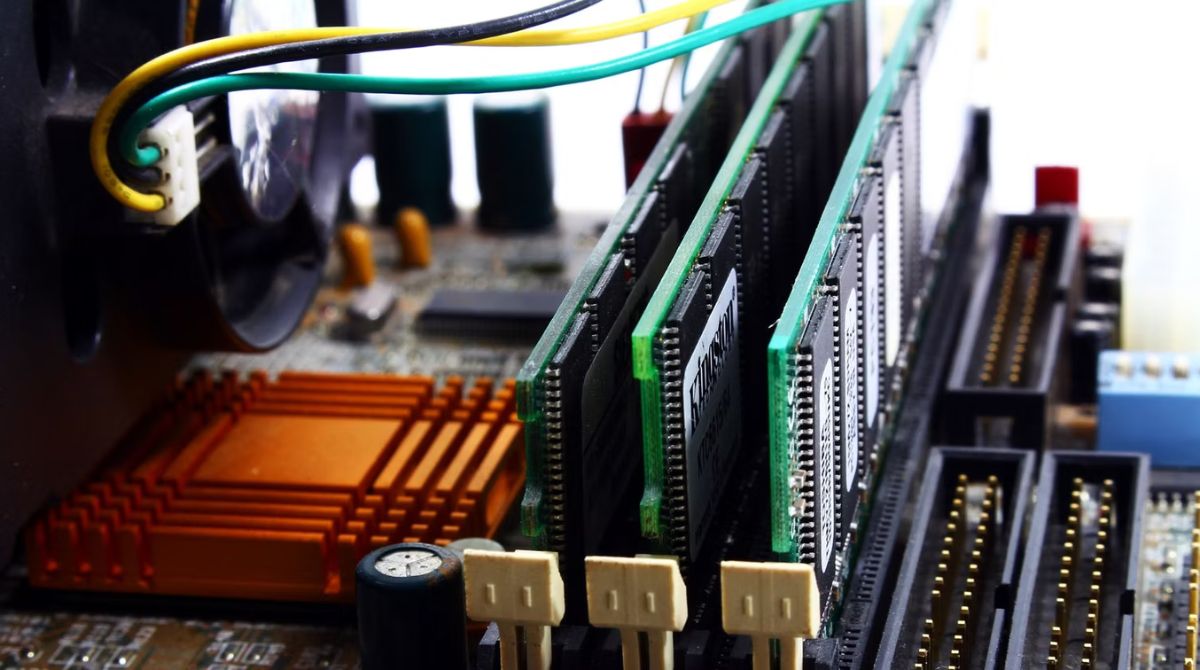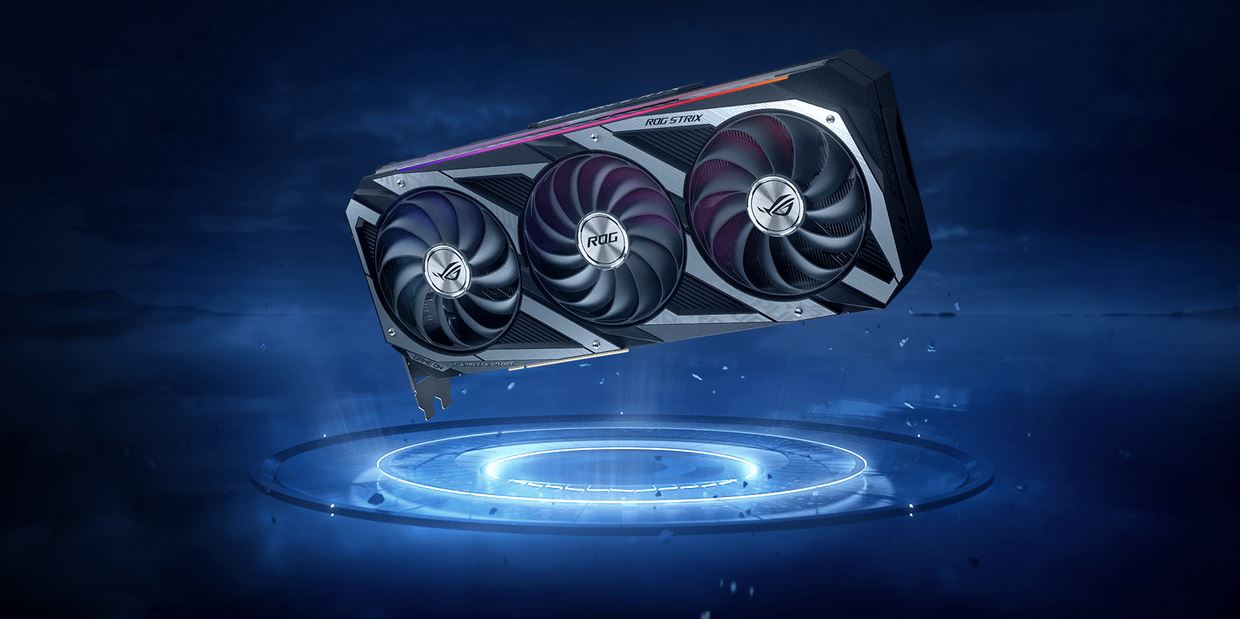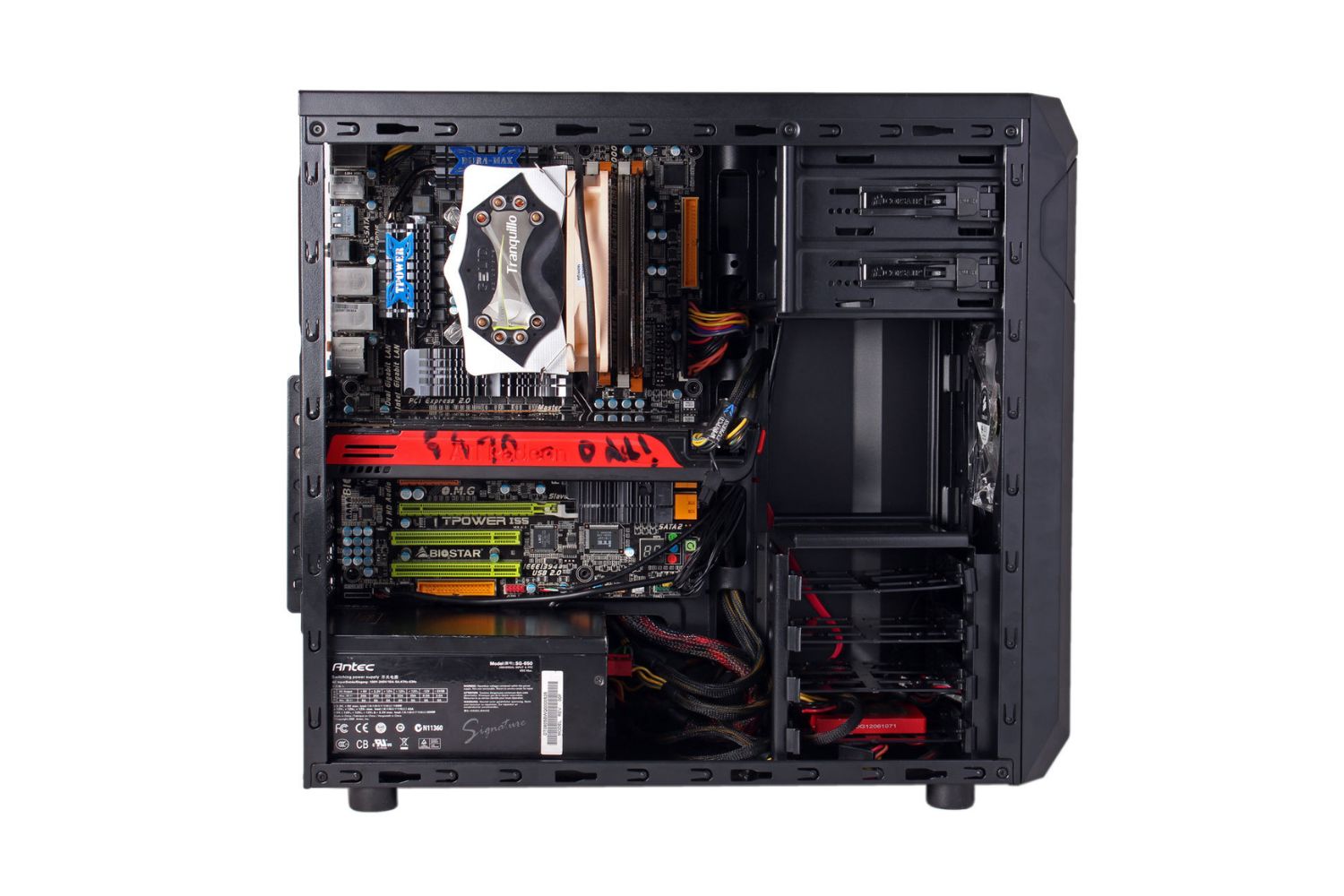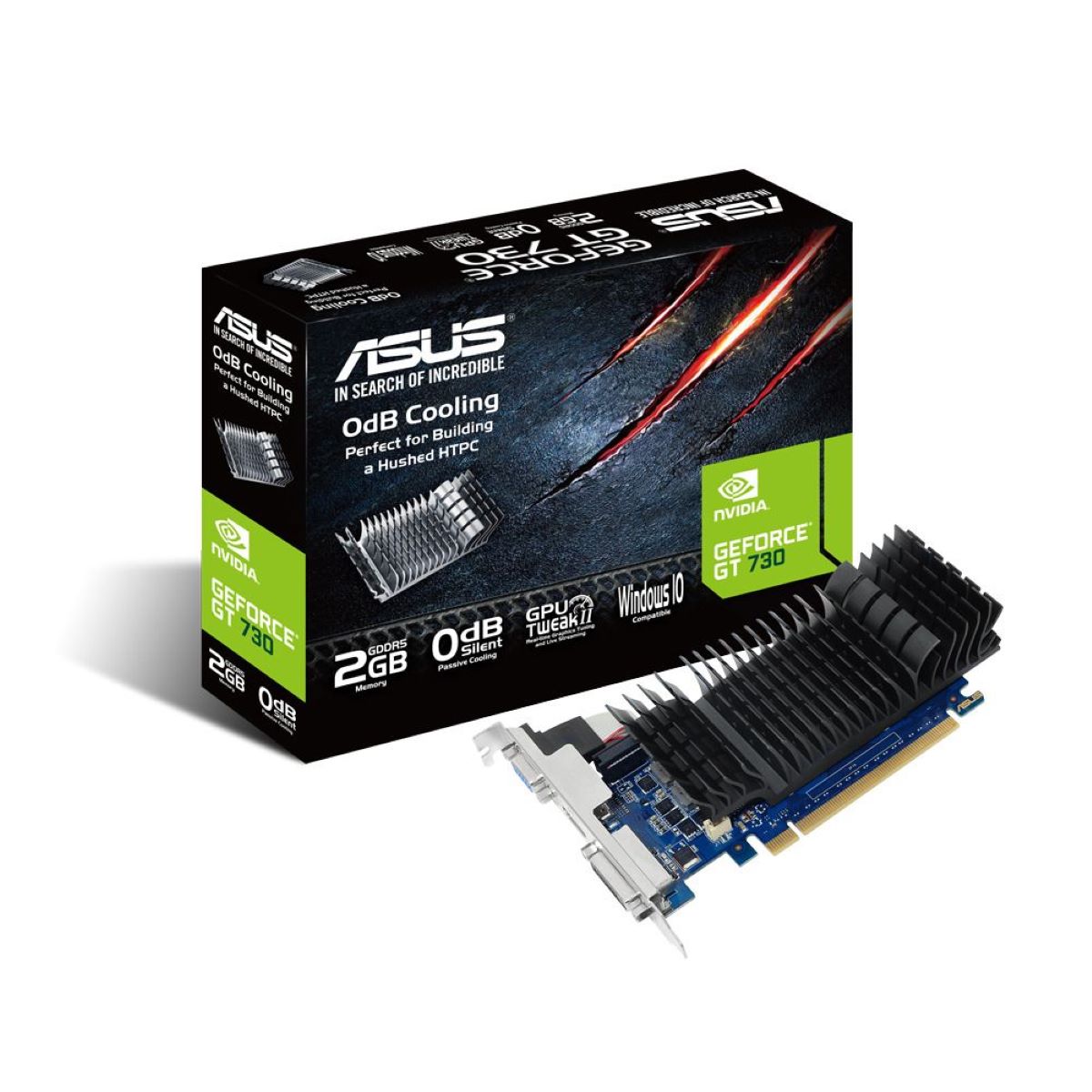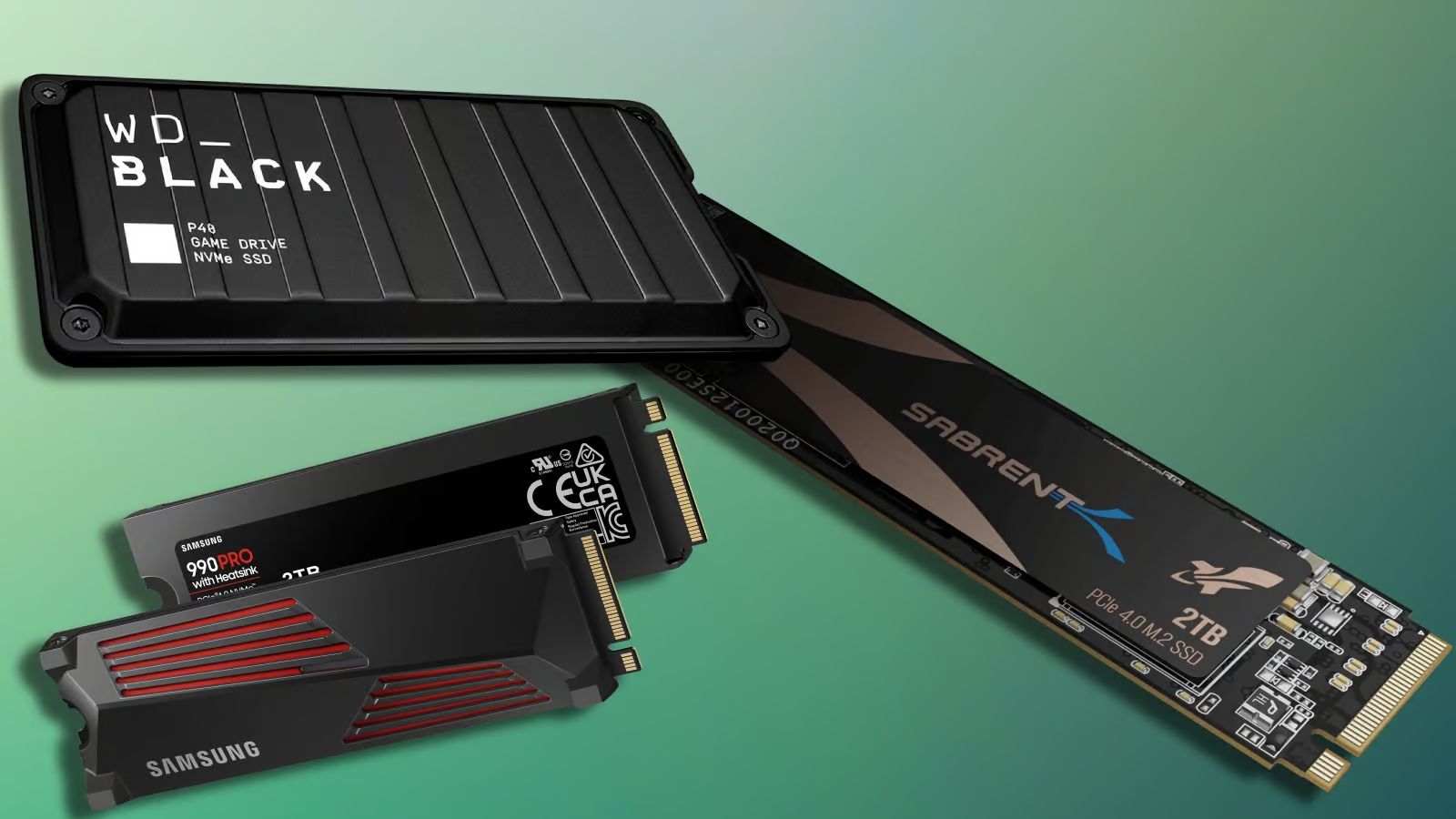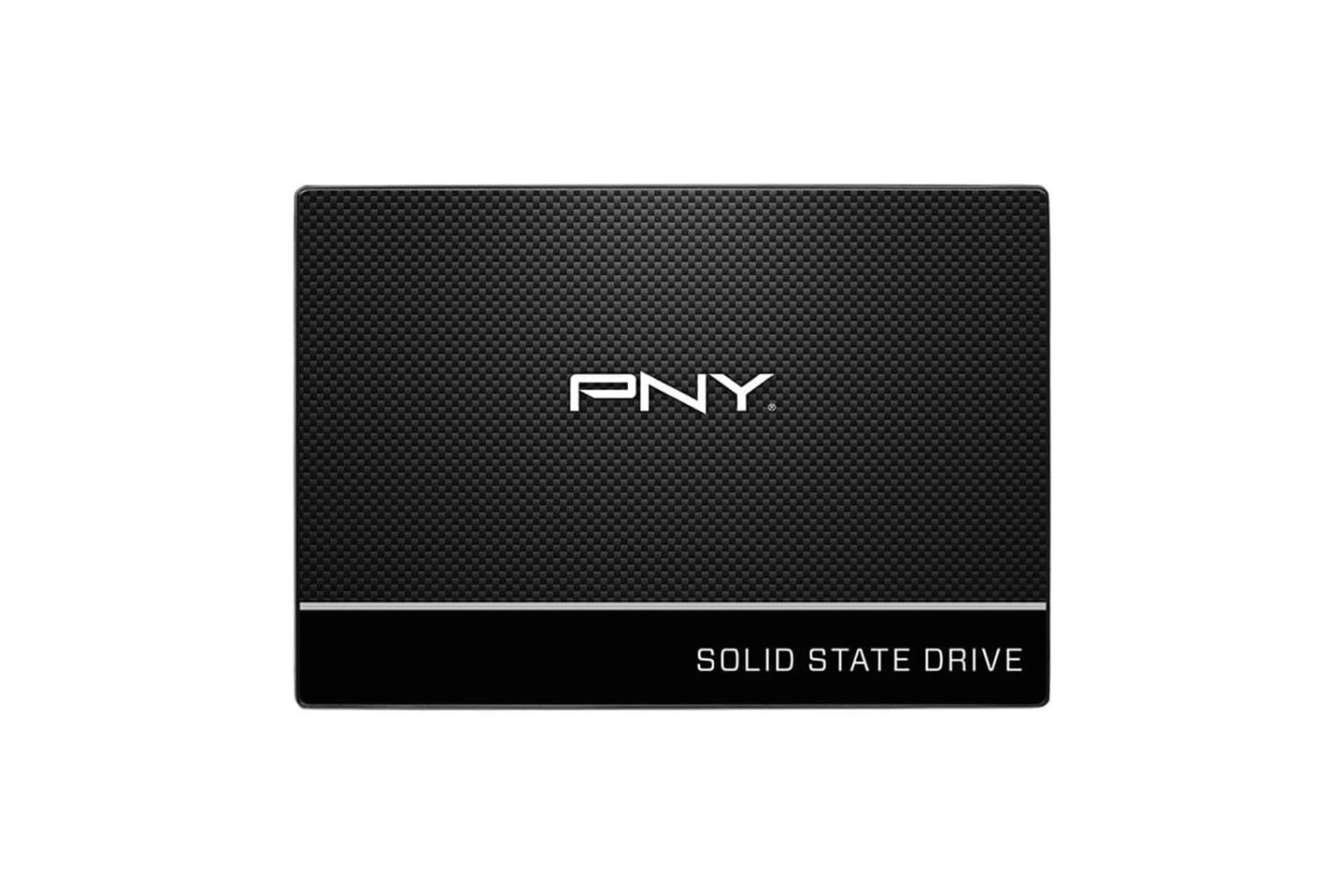Introduction
When it comes to an immersive gaming experience, the monitor you choose plays a crucial role. A good gaming monitor can enhance your gameplay, provide smooth visuals, and offer an exceptional level of detail.
With the plethora of options available in the market, it can be overwhelming to choose the perfect gaming monitor that suits your needs. Understanding the key specifications that make a monitor ideal for gaming is essential to make an informed decision.
In this article, we will explore the important specifications to consider when searching for a gaming monitor. From size and resolution to refresh rate and response time, each aspect will be dissected to help you identify what makes a gaming monitor stand out from the crowd.
Whether you’re a casual gamer or a hardcore enthusiast, the right gaming monitor can elevate your gaming sessions to a whole new level. So, let’s dive into the world of gaming monitor specifications and uncover what truly makes a monitor shine in the realm of gaming.
Size
The size of a gaming monitor is an important consideration as it significantly impacts your visual experience. A larger screen size offers a more immersive gaming experience, allowing you to see the in-game details more clearly and enhancing your field of view. However, it’s important to strike a balance between size and your personal preferences, as a monitor that’s too large may strain your eyes or take up too much space on your desk.
When choosing the size of your gaming monitor, consider the distance between yourself and the screen. If you sit close to your monitor, a smaller size, such as 24 or 27 inches, may be more suitable. On the other hand, if you prefer sitting further away, a larger size, such as 32 or 34 inches, can provide a more immersive experience.
Additionally, take into account the resolution of the monitor. A higher resolution, such as 1440p or 4K, can make smaller details more discernible and visually appealing, especially on larger screens. However, keep in mind that a higher resolution may require a more powerful graphics card to maintain smooth gameplay.
Ultimately, the size of your gaming monitor should be determined by your personal preferences, the available desk space, and the distance at which you prefer to sit while gaming. By finding the right balance, you can enjoy a visually immersive gaming experience without sacrificing comfort.
Resolution
The resolution of a gaming monitor refers to the number of pixels it can display horizontally and vertically. It has a significant impact on the level of detail and clarity of the visuals you will experience during gameplay. Higher resolutions provide more pixels, resulting in sharper and more detailed images. When it comes to choosing the right resolution for your gaming monitor, there are a few key options to consider.
Full HD (1920×1080) resolution is the most common and widely available option. It provides a good balance between visual quality and performance, making it suitable for most gamers. However, if you prefer more detailed visuals or have a larger screen, you might consider a higher resolution.
Quad HD (2560×1440) resolution, also known as 1440p, is a step up from Full HD and offers a noticeable improvement in image quality. It delivers sharper visuals and more screen real estate, allowing you to see more details in your games. This resolution is particularly popular among gamers who value visual fidelity and immersion.
For those seeking the ultimate visual experience, 4K Ultra HD (3840×2160) resolution is the way to go. With four times the pixel count of Full HD, it offers stunning levels of detail and clarity. 4K resolution is ideal for larger monitors, where the increased pixel density becomes more noticeable.
It’s important to note that higher resolutions require more powerful hardware to run games smoothly. Consider the capabilities of your graphics card and ensure it can handle the resolution you choose without sacrificing performance. Additionally, keep in mind that a higher resolution may require you to sit closer to the screen to fully appreciate the increased detail.
In summary, the resolution of your gaming monitor is a critical factor in determining the visual quality of your gaming experience. While Full HD resolution is a solid option for most gamers, those looking for more detail and immersion may prefer Quad HD or 4K resolutions, taking into account hardware requirements and viewing distance.
Refresh Rate
The refresh rate of a gaming monitor refers to the number of times the display refreshes the image per second. It is measured in Hertz (Hz) and plays a crucial role in determining the smoothness and fluidity of the visuals during gameplay. A higher refresh rate allows for more frames to be displayed per second, resulting in smoother motion and reducing the likelihood of screen tearing.
The standard refresh rate for most monitors is 60Hz, which means the screen refreshes 60 times per second. While this is sufficient for most casual gamers and general computer use, competitive gamers and those seeking a more responsive experience might opt for a higher refresh rate.
Monitors with a refresh rate of 144Hz have become increasingly popular among gamers due to their ability to display up to 144 frames per second. This results in smoother motion, especially in fast-paced games, where quick reaction times are essential. The difference between a 60Hz and 144Hz monitor can be particularly noticeable during fast movements, making the gameplay feel more responsive and immersive.
For those seeking the pinnacle of smoothness, there are even monitors available with refresh rates of 240Hz or higher. These monitors are primarily targeted towards eSports and competitive gamers who require every possible advantage to stay ahead of the competition. However, it’s important to note that the difference between 144Hz and 240Hz may be less noticeable to the average gamer, and the high refresh rate may come with a higher price tag.
When considering the refresh rate of a gaming monitor, it’s crucial to ensure that your computer’s hardware can match its capabilities. To take full advantage of a high refresh rate monitor, you will need a powerful graphics card capable of producing a high frame rate in your games.
In summary, a higher refresh rate offers smoother and more fluid motion during gaming. While 60Hz is sufficient for most users, those seeking a competitive edge or a more responsive gaming experience may opt for a higher refresh rate, such as 144Hz or even 240Hz, keeping in mind the hardware requirements and cost associated with these monitors.
Response Time
The response time of a gaming monitor refers to how quickly the pixels can change from one color to another. It is typically measured in milliseconds (ms) and plays a crucial role in determining how smoothly fast-moving objects are rendered on the screen. A lower response time ensures minimal motion blur and ghosting, resulting in sharper and more accurate visuals during gameplay.
For most gaming purposes, a monitor with a response time of 1ms or 2ms is considered ideal. This fast response time ensures that the monitor can keep up with the rapid movements in games, providing a smooth and clear image without any noticeable blur. Gamers who play fast-paced action games or competitive eSports titles will particularly benefit from a low response time, as it helps to maintain visual clarity during intense gameplay moments.
It’s worth noting that there are different methods used to measure response time, such as gray-to-gray (GtG) or black-to-white-to-black (BTWB). GtG is the more commonly used measurement, but it tends to be faster than BTWB. Therefore, it’s essential to consider the specific measurement method used when comparing response times between different monitors.
While a low response time is generally preferred, it’s important to find the right balance between speed and image quality. Some monitors with extremely low response times may introduce artifacts, such as overshoot or inverse ghosting, which can negatively impact the visual experience. Finding a monitor with a response time that strikes the right balance between speed and image quality is crucial to ensure the best possible gaming experience.
Overall, a lower response time ensures minimal blur and ghosting, providing a sharper and more accurate image during fast-paced gaming. Look for monitors with a response time of 1ms or 2ms to enjoy smooth and crisp visuals, especially for action-oriented and competitive gaming.
Panel Type
The panel type of a gaming monitor refers to the technology used to produce the display. Each panel type offers its own set of advantages and disadvantages, impacting factors such as color accuracy, viewing angles, and response times. Understanding the different panel types can help you choose a monitor that best suits your gaming needs.
The most common panel types found in gaming monitors are Twisted Nematic (TN), In-Plane Switching (IPS), and Vertical Alignment (VA).
Twisted Nematic (TN) panels are known for their fast response times, making them well-suited for fast-paced gaming. They offer high refresh rates and low input lag, resulting in smooth and responsive gameplay. However, TN panels tend to have limitations in terms of color accuracy, contrast ratios, and viewing angles compared to other panel types.
In-Plane Switching (IPS) panels are recognized for their excellent color reproduction and wide viewing angles. This makes them ideal for gamers who value vibrant visuals and prefer to have consistent color representation regardless of their viewing position. However, IPS panels typically have slightly higher response times and may exhibit some motion blur compared to TN panels.
Vertical Alignment (VA) panels strike a balance between the features of TN and IPS panels. They offer better color accuracy and contrast ratios than TN panels while maintaining faster response times compared to IPS panels. VA panels excel in displaying deep blacks, which enhances the overall visual experience. However, they may suffer from more pronounced motion blur and can have narrower viewing angles than IPS panels.
When choosing a gaming monitor, consider your priorities. If you primarily play fast-paced games and value low response times, a TN panel may be the most suitable choice. If color accuracy and wide viewing angles are important to you, an IPS panel would be an excellent option. Alternatively, if you want a balance of both, a VA panel might be a compelling choice.
It’s important to remember that panel technology has advanced over the years, and each panel type can offer different variations and improvements. Be sure to read reviews and consider factors such as refresh rates, color gamut, and viewing angles to find a gaming monitor that matches your specific requirements.
Ultimately, the panel type of a gaming monitor plays a significant role in determining the overall visual quality and performance. Consider your gaming preferences and priorities to choose a panel type that best suits your needs.
Adaptive Sync Technology
Adaptive Sync technology is a feature found in some gaming monitors that helps to eliminate screen tearing and stuttering during gameplay. It works by synchronizing the refresh rate of the monitor with the output from the graphics card, resulting in smoother and more fluid visuals.
There are two main types of Adaptive Sync technologies available: AMD FreeSync and NVIDIA G-Sync.
AMD FreeSync is an open standard that is supported by a wide range of monitors and graphics cards. It allows the monitor’s refresh rate to dynamically adjust to match the frame rate output by the graphics card. This helps to eliminate screen tearing and provide a smoother gaming experience. FreeSync monitors are generally more affordable compared to G-Sync monitors.
NVIDIA G-Sync, on the other hand, is a proprietary technology specific to NVIDIA graphics cards. G-Sync monitors use a specialized hardware module that synchronizes the monitor’s refresh rate with the graphics card. This ensures a tear-free and stutter-free gaming experience, even at lower frame rates. G-Sync monitors typically come at a higher price point.
Both FreeSync and G-Sync technologies have their own benefits, and the choice between them will depend on the graphics card you use and your budget. If you have an AMD graphics card, opting for a FreeSync monitor would be a logical choice. Conversely, if you have an NVIDIA graphics card, a G-Sync monitor would be the recommended option for the best compatibility.
It’s worth noting that NVIDIA has introduced “G-Sync Compatible” certification, allowing certain FreeSync monitors to work with NVIDIA graphics cards. This expands the options for NVIDIA users who want adaptive sync but do not want to pay the premium for a G-Sync monitor.
Adaptive Sync technology significantly enhances the gaming experience by eliminating visual artifacts and providing smoother gameplay. Whether you choose AMD FreeSync or NVIDIA G-Sync, having adaptive sync capabilities in your gaming monitor can make a noticeable difference in overall visual quality and fluidity.
Before purchasing an adaptive sync monitor, be sure to check the compatibility with your graphics card and do some research on the specific implementation and performance of the adaptive sync technology offered by the monitor.
In summary, Adaptive Sync technology, whether in the form of AMD FreeSync or NVIDIA G-Sync, helps to eliminate screen tearing and stuttering, resulting in a smoother and more immersive gaming experience. Consider your graphics card compatibility and budget when choosing an adaptive sync monitor for optimal gaming visuals.
Color Accuracy and Gamut
Color accuracy and gamut are essential factors to consider when choosing a gaming monitor, particularly for those who value vibrant visuals and color precision. Color accuracy refers to how well a monitor can reproduce colors accurately and faithfully, while gamut refers to the range of colors that a monitor can display.
For gamers who prioritize color accuracy, monitors with a higher bit depth, such as 10-bit or 12-bit, are recommended. A higher bit depth allows for a more extensive range of color reproduction and smoother color gradients. This is particularly important for games that feature vibrant and detailed visuals, as it ensures that the colors are represented accurately and without banding or color artifacts.
Another important aspect to consider is the color gamut of the monitor. The gamut refers to the range of colors that the monitor can display, and it is usually represented as a percentage of a specific color space, such as sRGB or Adobe RGB. A wider color gamut results in a broader range of colors that can be reproduced, leading to more vibrant and lifelike visuals.
While a wider color gamut may seem desirable for gaming, it’s important to note that not all games and content are optimized for wide gamut displays. Games and media that are only designed for the standard sRGB color space may appear oversaturated and unnatural on a monitor with a wide gamut. Consider your usage and ensure that the monitor’s color gamut is appropriate for the content you will be consuming.
For professional gamers or those who work with color-critical applications, such as graphic design or photo editing, monitors with higher color accuracy and wider color gamut, such as those with IPS or OLED panels, are recommended. These panels offer better color representation and more precise color calibration options, allowing for accurate and consistent color reproduction.
Ultimately, the importance of color accuracy and gamut in a gaming monitor will depend on your personal preferences and usage. If you value vibrant and true-to-life colors, look for monitors with higher color accuracy and wider color gamut. However, keep in mind the compatibility of games and content with the monitor’s color space to avoid oversaturated or unnatural visuals.
When making a decision, it’s advisable to read reviews and check professional calibration reports to get a sense of the color accuracy and gamut performance of the monitor you’re considering.
In summary, color accuracy and gamut play a significant role in the overall visual quality and realism of a gaming monitor. Consider your requirements and usage to determine the level of color accuracy and gamut that will best suit your needs.
Connectivity Options
When choosing a gaming monitor, it’s important to consider the available connectivity options. These options determine how you can connect your monitor to your gaming system and other devices, as well as the compatibility with different input sources.
The most common connectivity options found in gaming monitors are HDMI (High-Definition Multimedia Interface) and DisplayPort. Both options provide high-quality digital video and audio transmission, and they are widely supported by graphics cards, consoles, and other devices.
HDMI is a popular choice for connecting gaming consoles, Blu-ray players, and other multimedia devices to a monitor. HDMI cables support high-definition video and audio, making it convenient for users who want a single cable for both audio and video transmission. It’s important to note that the version of HDMI used by the monitor and the connected device can affect the available resolution and refresh rate.
DisplayPort is a versatile and powerful connectivity option for gaming monitors. It supports high resolutions and refresh rates, making it ideal for gaming enthusiasts who want to take advantage of the latest graphics technologies. DisplayPort can accommodate multiple monitors through daisy-chaining, and it can transmit audio as well. Some high-end monitors may feature DisplayPort 1.4 or higher, offering additional features such as HDR (High Dynamic Range) support.
Other connectivity options that you may encounter are DVI (Digital Visual Interface), VGA (Video Graphics Array), and USB. DVI is widely used but gradually being phased out in favor of HDMI and DisplayPort. VGA, on the other hand, is an analog connection and offers lower quality compared to digital options. USB ports can be useful for charging devices or connecting peripherals, but they typically don’t transmit video signals.
It’s essential to consider the connectivity options that are compatible with your gaming system and any other devices you plan to connect to your monitor. Ensure that the monitor has the necessary ports and cables to support your desired setup. If you have multiple devices or plan to use the monitor for both gaming and other multimedia purposes, having a variety of connectivity options can provide flexibility and convenience.
Additionally, if you’re interested in additional features such as built-in speakers or USB hubs, check if the monitor supports those as well. These features can enhance your gaming setup and provide additional functionality.
In summary, consider the connectivity options available in a gaming monitor to ensure compatibility with your gaming system and other devices. HDMI and DisplayPort are the most common and versatile options, but it’s important to assess your specific needs and usage to determine the best connectivity options for your gaming setup.
Ergonomics
Ergonomics is an important consideration when choosing a gaming monitor, as it directly impacts your comfort and overall well-being during long gaming sessions. A monitor with good ergonomic features allows you to adjust and customize its position to suit your preferred viewing angle and minimize strain on your body.
The first and most crucial ergonomic feature to consider is the adjustable stand. Look for a monitor that offers height adjustment, tilt, and swivel capabilities. Height adjustment allows you to raise or lower the monitor to a comfortable eye level, reducing neck strain. Tilt adjustment enables you to tilt the monitor backward or forward for an optimal viewing angle, while swivel adjustment lets you rotate the monitor horizontally. These adjustments ensure that the monitor is positioned in a way that best suits your sitting position and viewing preferences.
Another important ergonomic consideration is the ability to pivot the monitor into a portrait orientation. This feature is particularly useful for tasks beyond gaming, such as reading long documents or coding. A monitor that can switch to a portrait mode provides more flexibility and convenience for different activities.
Additionally, consider the bezel size of the monitor. Thin bezels can help reduce eye strain by enabling a seamless transition between multiple monitors if you decide to create a multi-display setup. This is especially beneficial for gamers who enjoy immersive gaming experiences or those who need additional screen space for multitasking.
Certain monitors may also feature blue light filters or flicker-free technology. These features help to reduce eye strain and fatigue by minimizing the emission of blue light and eliminating flickering, which can cause headaches or vision problems during prolonged use.
Furthermore, cable management solutions contribute to a neat and organized gaming setup. Monitors with built-in cable management features or a designated space to tuck away cables can help reduce clutter on your desk and make it easier to route cables without tangling or tripping hazards.
Consider the overall build quality and design of the monitor as well. Look for sturdy construction and a stylish aesthetic that suits your gaming setup. Some monitors may even offer additional features like built-in USB hubs or headphone hooks for added convenience.
In summary, ergonomic considerations are crucial to ensure a comfortable and healthy gaming experience. Look for a monitor with adjustable height, tilt, and swivel capabilities, as well as the ability to pivot into a portrait mode. Thin bezels, blue light filters, flicker-free technology, and cable management solutions are also worth considering. Finally, choose a monitor with a solid build quality and a design that complements your gaming setup.
Price Range
Price is a crucial factor to consider when choosing a gaming monitor, as it determines the value you’re getting for your investment. Gaming monitors come in a wide range of prices, and finding one that fits within your budget while meeting your requirements is essential.
Lower-priced monitors generally offer the basic features required for gaming, such as a decent resolution, refresh rate, and response time. These monitors are suitable for casual gamers or those on a tight budget. While they may not have the highest-end specifications or advanced features, they can provide a satisfactory gaming experience without breaking the bank.
Mid-range monitors offer a step up in terms of performance and features. They often come with higher resolution options, faster refresh rates, lower response times, and better color accuracy. These monitors are suitable for gamers who want a more immersive experience and are willing to invest a bit more to achieve it. Mid-range monitors strike a balance between affordability and performance, making them a popular choice among many gamers.
High-end gaming monitors cater to enthusiasts and professional gamers who demand top-of-the-line performance and advanced features. These monitors often come with the latest display technologies, such as higher refresh rates, adaptive sync, HDR support, and wider color gamut. They are capable of delivering stunning visuals with exceptional detail and color accuracy. However, high-end monitors tend to come with a higher price tag due to the premium features and advanced technology they incorporate.
In addition to the initial purchase price, it’s also important to consider the long-term cost of owning a gaming monitor. Factors such as energy efficiency and durability can affect the operating costs and lifespan of the monitor. Monitors with higher energy-efficiency ratings can save you money on electricity bills over time, while monitors with durable construction and longer warranties may provide better value in the long run.
Ultimately, the price range of a gaming monitor should align with your budget and gaming needs. Consider the level of performance and features you require and weigh them against the cost. Researching user reviews, comparing specifications, and considering the reputation and reliability of the manufacturer can help you make an informed decision.
In summary, price range is an important consideration when choosing a gaming monitor. Lower-priced monitors offer basic gaming features, mid-range monitors provide a balance between price and performance, and high-end monitors offer top-of-the-line features and advanced technology. Consider your gaming requirements and budget to find a monitor that provides the best value for your investment.
Conclusion
Choosing the right gaming monitor can greatly enhance your gaming experience. By considering the key specifications discussed in this article, you can make an informed decision that aligns with your gaming preferences and budget.
Start by assessing the size and resolution that suits your needs. Determine how immersive you want your gaming experience to be and consider the distance at which you’ll be sitting from the monitor. Depending on your graphics card capabilities, higher resolutions like 1440p or 4K can provide stunning visual detail.
Next, consider the refresh rate and response time. A higher refresh rate, such as 144Hz or 240Hz, ensures smoother motion during fast-paced gameplay, while a lower response time minimizes motion blur and ghosting. These features are important for competitive gaming or those who simply want a more fluid and immersive gaming experience.
The panel type of the monitor influences color accuracy, viewing angles, and overall visual quality. Choose between TN, IPS, or VA panels based on your priorities, such as fast response times or vibrant colors.
Adaptive Sync technology, whether AMD FreeSync or NVIDIA G-Sync, eliminates screen tearing and provides a smoother gaming experience. Consider the compatibility with your graphics card when choosing a monitor with adaptive sync capabilities.
Color accuracy and gamut determine how faithfully colors are represented on the monitor. Consider higher bit depths and wider color gamuts for vivid and accurate visuals, keeping in mind the compatibility of games and content.
Connectivity options and ergonomic features also play a crucial role in the overall experience. Ensure that the monitor has the necessary ports for your gaming system and other devices. Likewise, adjustable stands, thin bezels, and other ergonomic features help optimize viewing comfort and minimize strain on your body during long gaming sessions.
Finally, consider your budget and the value you’re getting for your investment when choosing a gaming monitor. Assess the performance and features offered by monitors in different price ranges to find the best fit for your needs.
By taking all these factors into account, you can make a well-informed decision and find a gaming monitor that enhances your gameplay, provides stunning visuals, and delivers an enjoyable gaming experience for years to come.







